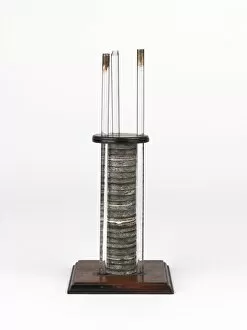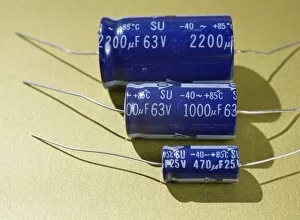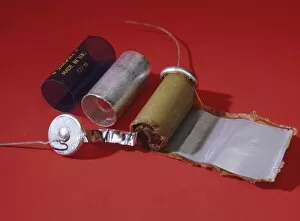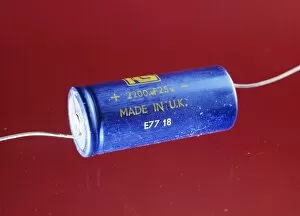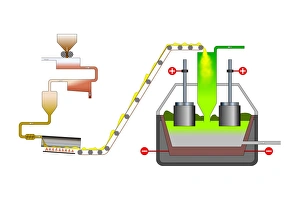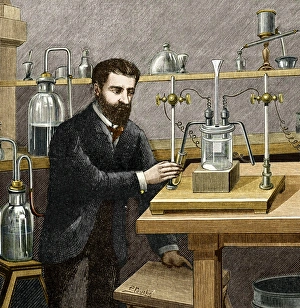Electrolytic Collection
"Unveiling the Marvels of Electrolytic Innovation: A Journey Through Engravings" Step into a world where science and art intertwine
All Professionally Made to Order for Quick Shipping
"Unveiling the Marvels of Electrolytic Innovation: A Journey Through Engravings" Step into a world where science and art intertwine, as we explore the captivating realm advancements. From statuettes to decorative masterpieces, this revolutionary process has left an indelible mark on history. The journey begins with a mesmerizing engraving showcasing a gutta-percha molded statuette ready to embrace its platinum carcass through Lenoir's ingenious technique. Witness Jacobi's groundbreaking discovery of copper's plasticity precipitated by the power of the battery in another intricate engraving. Delving deeper into this electrifying world, we encounter galvanoplasty baths used for replicating wood engravings with astonishing precision. The mastery of MM Christofle shines through their gilded and silvered copper objects brought to life by the sheer force of electrochemical reactions. Our eyes are then drawn to "L'Aurore, " an awe-inspiring electro-chemical masterpiece crafted by MM Elkington from Birmingham at the 1867 Universal Exhibition in Paris. Its ethereal beauty showcases how electricity can transform metal into breathtaking works of art. Continuing our exploration, we come across a magnificent decorative group destined for the facade of Paris' new Opera House. Created using galvanoplastic copper techniques by MM Christofle, it stands as a testament to both artistic prowess and technological innovation. The allure doesn't stop there; platinum frameworks emerge as essential tools for reproducing statues and statuettes through Lenoir's pioneering method. Meanwhile, "Les Saisons" and "Le Crepuscule, " two more dazzling pieces from MM Elkington showcased at the 1867 Exposition Universelle in Paris, leave spectators spellbound with their electro-chemical brilliance. As our journey nears its end, modern-day marvels take center stage—an illustration featuring an electrolytic capacitor alongside LED lights, transistors, and resistors.
















